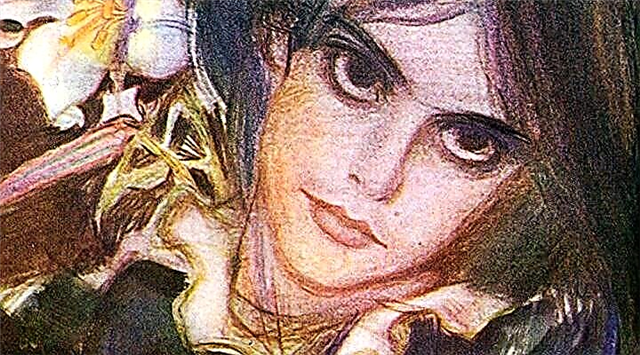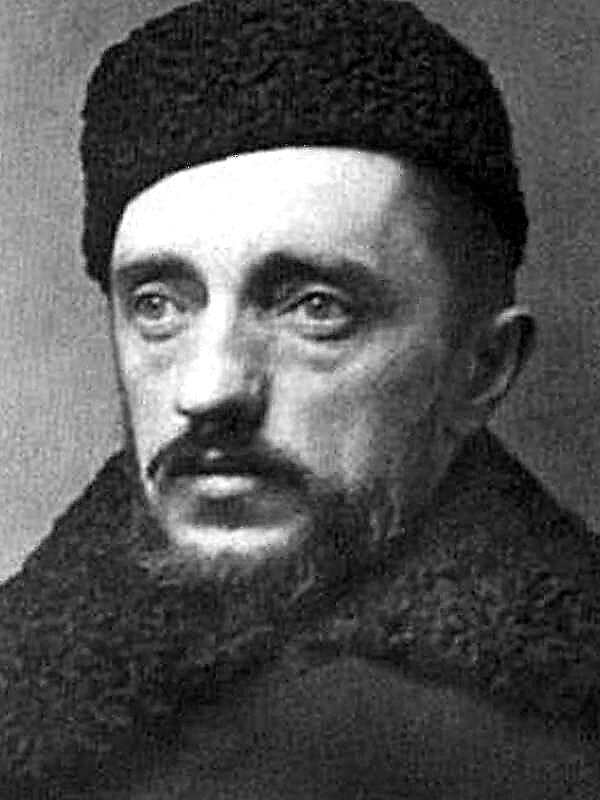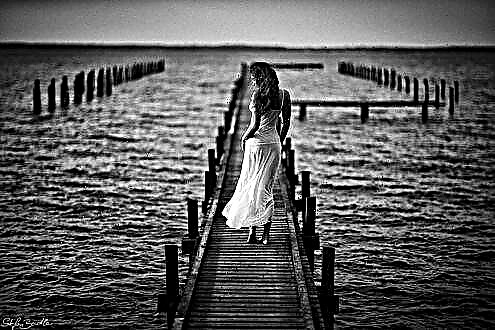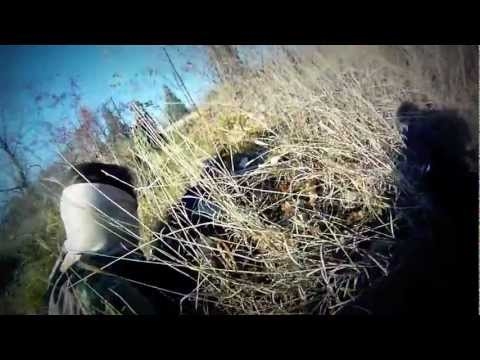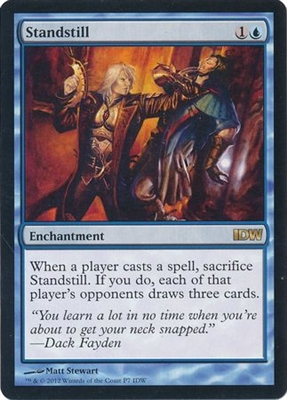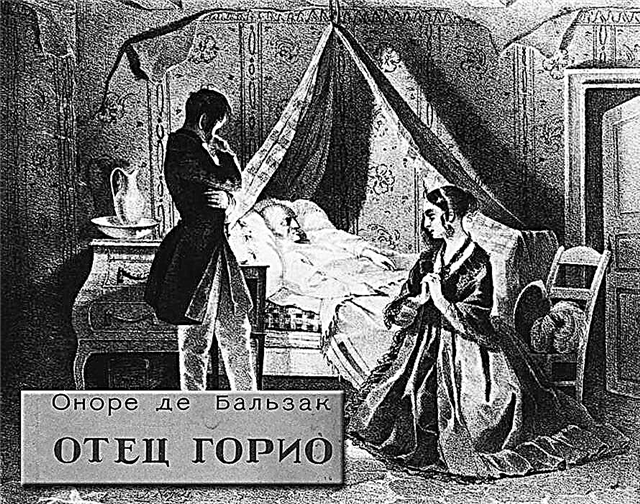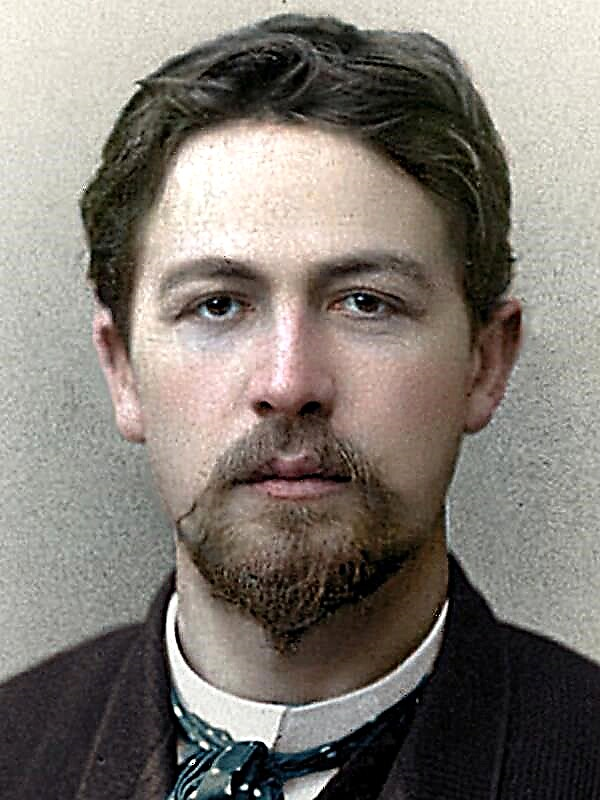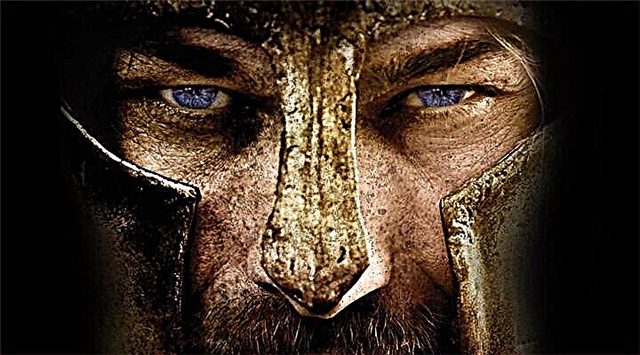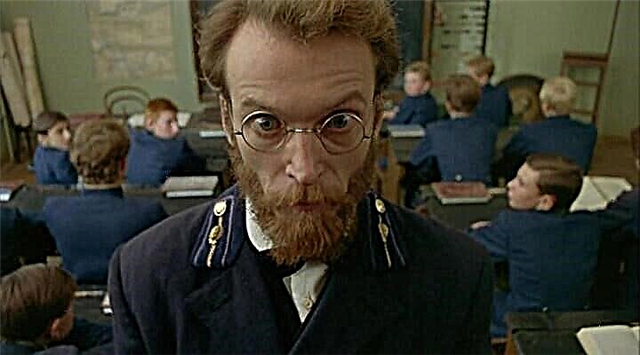(500 words) Leo Tolstoy was born in 1828 in a family nest - the estate of Yasnaya Polyana (near Tula). The boy was born in the bosom of a wealthy and privileged family, where, in addition to him, three more heirs grew up. On the father's side, he belonged to an ancient noble family, on the mother of Lev Nikolaevich was a descendant of the Ruriks.
Childhood
When the boy was not even two years old, his mother died from the consequences of a difficult birth. In fact, his relative, T.A. Ergolskaya, was in charge of his upbringing. A few years later, another grief happens - the father, Nikolai Ilyich, died, and parental responsibilities fell completely on the shoulders of Tatyana Ergolskaya and her aunt's paternal Countess A.I. Osten-Saken.
Despite the bitterness of losses that occurred during his childhood, Tolstoy still considered them the most joyful time of his life. Subsequently, many of the memoirs preserved in the memory of the writer became a starting point for some of his works.
Education
Initially, the French Governor of Saint-Thomas was responsible for the educational process in the life of the boy. Training took place at home. In 1843, Tolstoy entered the Imperial Kazan University at the faculty associated with the development of oriental languages. This is not to say that the young man had success in his studies. Due to low ratings, he had to transfer to the legal direction. In 1847, the writer leaves the University without a degree and returns to his father's house, where he wanted to do farming. However, this desire was never realized.
An interesting fact is that Tolstoy loved classical music. For example, Mozart, Bach or Chopin were his favorites, he could spend hours “tasting” their creations and reproducing the legendary musical creations of composers.
The beginning of literary activity
While studying at the university, Tolstoy kept diary entries. It was this characteristic feature that also became for him a source of inspiration for writing some works.
Passing military service (starting in 1851), Tolstoy began to seriously work on creating an autobiographical story "Childhood", where the author spoke about the most exciting life situations of any boy. In the work, the writer displayed his childhood memories. The year 1852 was marked for Tolstoy by sending one of his first works to the journal Sovremennik. The work was approved by the leadership of the magazine.
Success and recognition
The author actively worked during the Crimean battles, being a war correspondent. Then another part was created - “Adolescence”, a continuation of the future trilogy. At the peak of military events, Tolstoy painstakingly works on a three-part cycle called the Sevastopol Tales.
After the end of the war, Tolstoy returned to Russia, where he fully realized himself in writing. He is still looking for himself, he can’t decide on moral and moral guidelines, so he leaves to travel. Upon arrival at home, the author publishes the final part of a large autobiographical work, namely, “Youth”. In the 1860s, Tolstoy worked on the creation of War and Peace. The work was warmly received by the reading public. In 1873, he undertook to write "Anna Karenina." The novel was published in parts (from 1873 to 1877) and was also a success. Having finished the book, the writer was creatively exhausted and only in 1883 he made known about his activities, having founded the publication "Mediator".
Death
After a long and serious illness in 1910, Tolstoy died. The thinker was buried in Yasnaya Polyana, at a place near the cliff, where in the childhood he played with his brothers.
It is difficult to disagree with the fact that the author’s creative heritage is still in demand. His works can rightfully be considered the most important elements of literary art, both in Russia and in the world.

